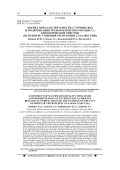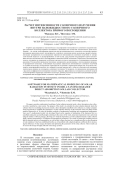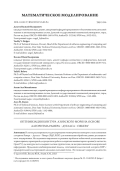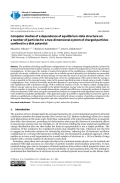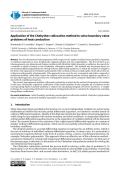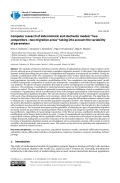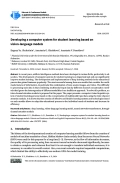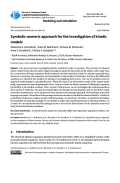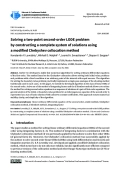В настоящее время множество канализационных очистных сооружений как по всей России, так и на территории Республики Саха (Якутия) находятся в процессе модернизации или даже реконструкции. Это происходит не только по причинам морального износа устаревшего оборудования и необходимости увеличения производительности в связи с внутренней миграцией населения, но и в какой-то степени из-за изменения культуры быта и поведения человека - появились загрязнения в виде крупных частиц - остатков средств личной гигиены. Исходя из вышеизложенного, модернизация технологического процесса биологической очистки сточных вод на примере канализационных очистных сооружений г. Мирный Республики Саха (Якутия) является актуальной задачей. Поскольку сточные воды, прошедшие очистку на канализационных очистных сооружениях г. Мирный, сбрасываются в р. Ирелях, они должны соответствовать показателям характеристик нормативно допустимого сброса в водные объекты очищенных сточных вод, которые согласно недавно внесенным изменениям (СП 32.13330.2018) были ужесточены. В работе были определены фактические среднесуточные показатели расхода сточных вод за трехлетний период, среднее значение которых составило 15858 м3/сутки. Также был произведен анализ показателей качества состава сточных вод на входе канализационных очистных сооружений за трехлетний период, среди которых стоит выделить: биологическое потребление кислорода, взвешенные вещества, фосфаты, азот аммонийный, азот нитратный. Выявлены отрицательные значения показателей по концентрации на входе и выходе очистных сооружений за полугодовой период (март - август). Ни по одному из показателей качества состава сточных вод не достигается 100 % эффективности очистки, а превышение уровня допустимых норм составляло от 66,5 до 180 %. По результатам проведенных исследований была предложена технология очистки сточных вод путем нитри-денитрификации, предусматривающая глубокое биологическое удаление азота и фосфора, а также преферментацию в первичных отстойниках.
